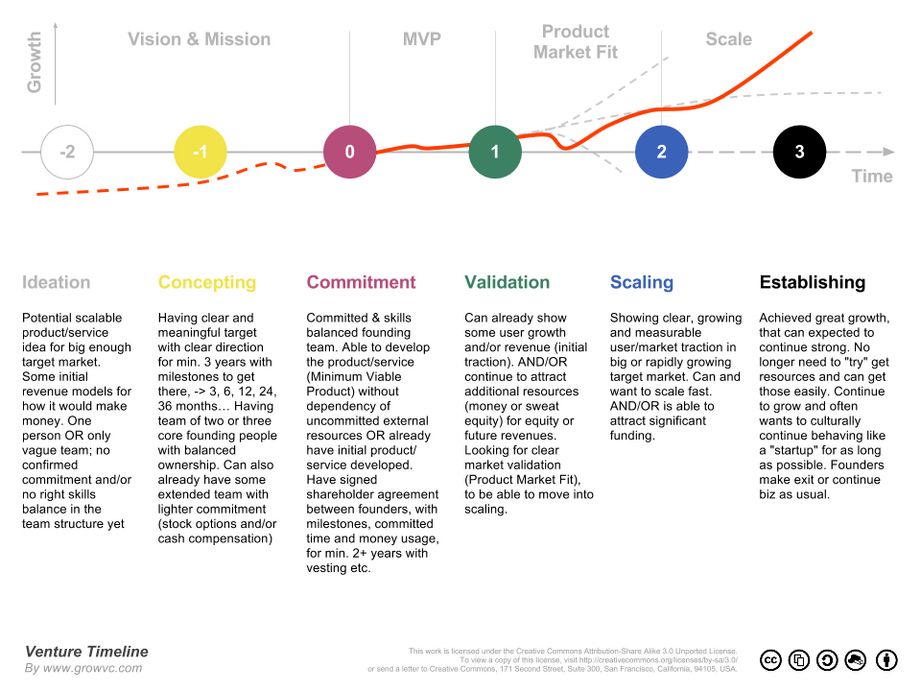
There are different ways to categorize the stages of a startup. One such categorization is provided by CEMEX Ventures. According to them, a startup can be divided into six stages:
1. Pre-Seed Stage: This is the idea phase where the entrepreneur analyzes the niche market and identifies a real problem that needs to be solved. The intensity or severity of the pain point is evaluated, and other alternatives and competitors are considered. The legal basis for the project is laid down in this phase.
2. Seed Stage: In this stage, the business model is validated, and important decisions are made, such as determining the methodology that a startup will follow.
3. Early Stage: In this stage, the startup has a minimum viable product (MVP) and is looking to get traction.
4. Growth Stage: In this stage, the startup has achieved product-market fit (PMF) and is looking to scale up.
5. Expansion Phase: In this stage, the startup has established itself in the market and is looking to expand its operations.
6. Exit Phase: In this final stage, the startup either goes public or gets acquired by another company.
Another categorization of startup stages is provided by Latitud. According to them, there are seven stages of a startup:
1. Ideation: This is where the idea for the startup is born.
2. Minimum Viable Product (MVP): In this stage, a prototype of the product is created with just enough features to satisfy early customers.
3. Investment: In this stage, investors are approached for funding support.
4. Product-Market Fit (PMF): In this stage, the startup has achieved a good fit between its product and target market.
5. Go-to-Market: In this stage, the startup launches its product in the market.
6. Growth: In this stage, the startup focuses on scaling up its operations.
7. Maturity: In this final stage, the startup has established itself in the market and has become a mature company.
Another categorization of startup stages is provided by Clockwise Software:
1. Research
2. From Idea to MVP
3. Getting Traction
4. Back to Start: Final Improvements
5. Aiming for Maturity
I hope that helps!
